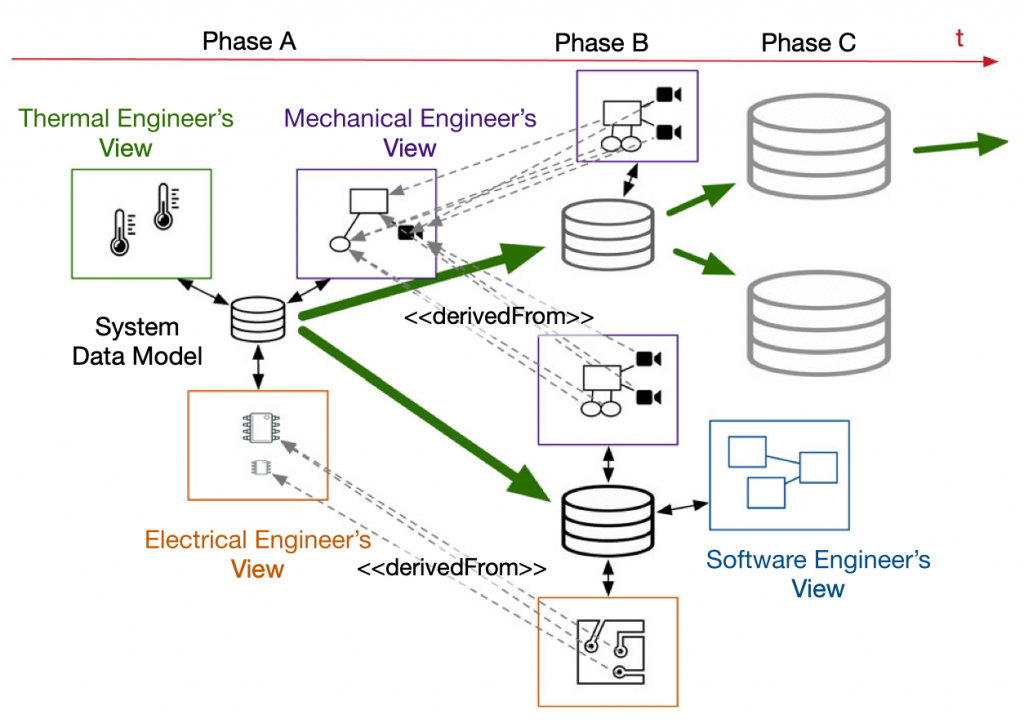In model-based systems engineering projects, engineers from multiple domains collaborate by establishing a common system model. Multi-level modeling is a technique that can be used to model the development from abstract ideas to concrete implementations. However, current multi-level modeling approaches are not adequate for processes with multiple modeling phases that might have to be rearranged later. In this paper, we introduce multi-phase modeling that utilizes concepts of multi- level modeling by considering a description of the expected phase ordering per domain. Constraints aware of this context can express that certain elements are only valid in specific phases without having to determine a concrete phase ordering for a particular model. This enables using multi-phase modeling in flexible workflows, adapting to changing requirements and the definition of access rules in domain notation. We show feasibility of this multi-phase modeling by applying it to multiple real-life systems engineering projects of the aerospace domain.

The article is published as an Open Access work and can be downloaded free of any charge from the SpringerLink library.

